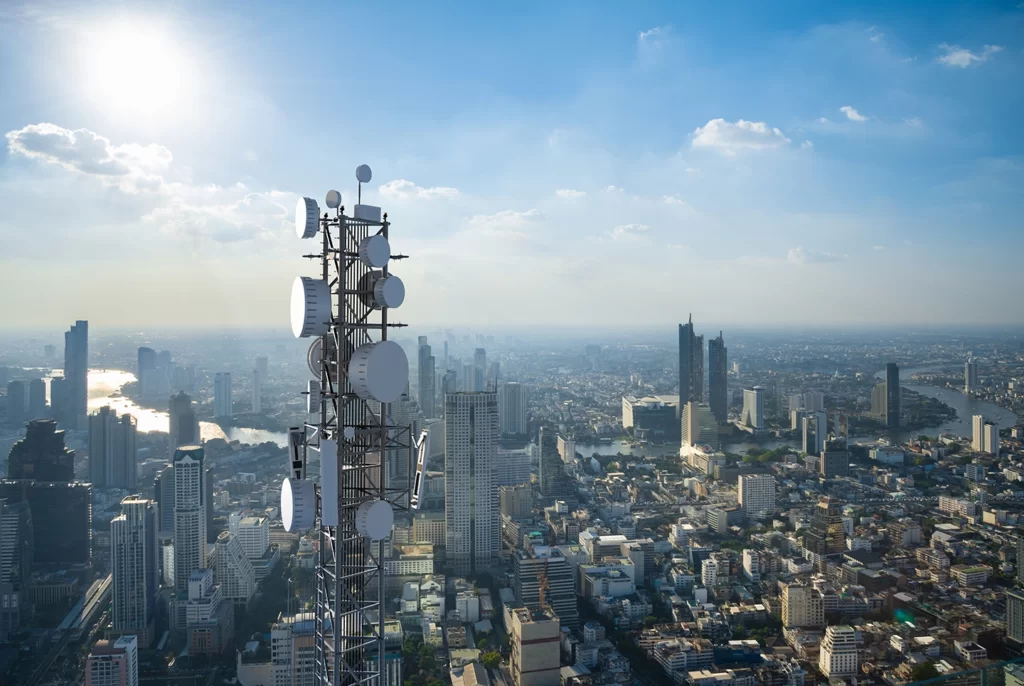The Role of Photonics in Advancing Smart Cities and IoT Networks
In the era of rapid urbanization and technological advancement, the challenges faced by smart cities and IoT networks are more pressing than ever. With the increasing demand for efficient, interconnected systems, the need for a robust and reliable infrastructure is paramount. Enter photonics, a cutting-edge technology that harnesses the power of light to revolutionize communication and sensing systems. This article explores how photonics offers a promising solution to the complex problems faced by smart cities and IoT networks.
Enhanced Data Transmission and Bandwidth:
One of the foremost challenges in smart cities and IoT networks is the sheer volume of data that needs to be processed and transmitted in real-time. Traditional electronic systems often struggle to keep up with this demand, leading to bottlenecks and inefficiencies. Photonics, on the other hand, utilizes light to transmit data, enabling significantly higher bandwidths and faster transmission speeds.

Fiber optic networks, a prime example of photonics application, have already proven their mettle in providing high-speed internet to urban areas. By transmitting data in the form of light pulses through optical fibers, these networks can achieve gigabit speeds, ensuring seamless communication between devices, sensors, and systems. This enhanced data transmission capability is crucial for enabling the real-time monitoring and control required in smart cities and IoT networks.
Robust Sensing and Monitoring Systems
Smart cities rely heavily on an extensive network of sensors to monitor various parameters like air quality, traffic flow, temperature, and more. Photonics plays a pivotal role in enhancing the capabilities of these sensing systems. For instance, photonic sensors can provide highly accurate measurements using techniques such as interferometry and spectroscopy.
Furthermore, photonics enables the development of LiDAR (Light Detection and Ranging) systems, which use laser pulses to create detailed 3D maps of urban environments. These maps are invaluable for applications like autonomous vehicles, urban planning, and disaster response. The precision and reliability of photonics-based sensing technologies are indispensable for the effective functioning of smart cities.

Reduced Latency and Real-time Responsiveness:
In smart cities and IoT networks, milliseconds matter. Applications such as autonomous vehicles, healthcare monitoring, and smart grid management require near-instantaneous response times. Photonics plays a crucial role in minimizing latency.
By using light-based communication, photonics enables data to travel at nearly the speed of light, significantly reducing the time it takes for information to reach its destination. This real-time responsiveness is essential for applications that demand split-second decision-making. Whether it’s ensuring the safety of pedestrians on busy streets or optimizing energy distribution in a smart grid, the low latency provided by photonics is a game-changer.
Takeaways
In the face of the challenges posed by urbanization and the demand for interconnected systems, photonics emerges as a game-changing technology for smart cities and IoT networks. Its ability to facilitate high-speed data transmission, promote secure communication, and ensure scalability positions it as a key enabler of the smart cities of the future.
As we continue to advance towards a more connected and sustainable urban landscape, harnessing the potential of photonics will be instrumental in overcoming the hurdles that lie ahead. By integrating photonics into the fabric of smart cities and IoT networks, we pave the way for a more efficient, resilient, and environmentally conscious urban future.
